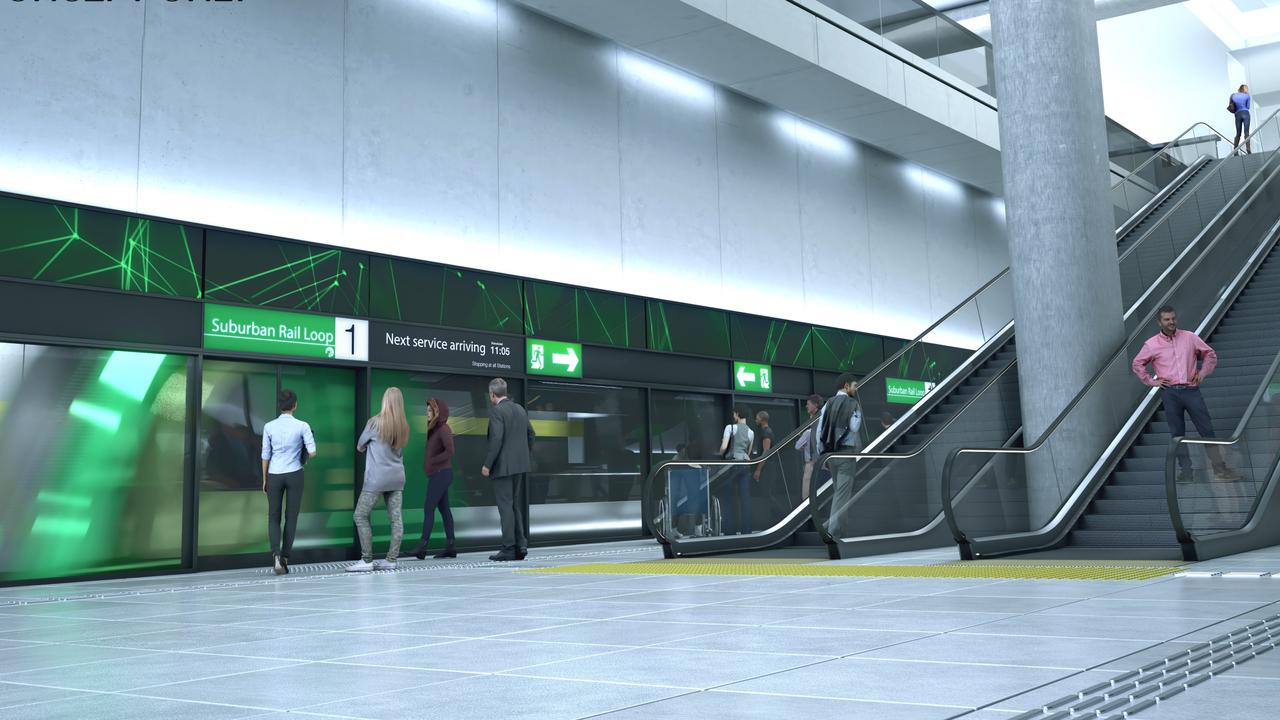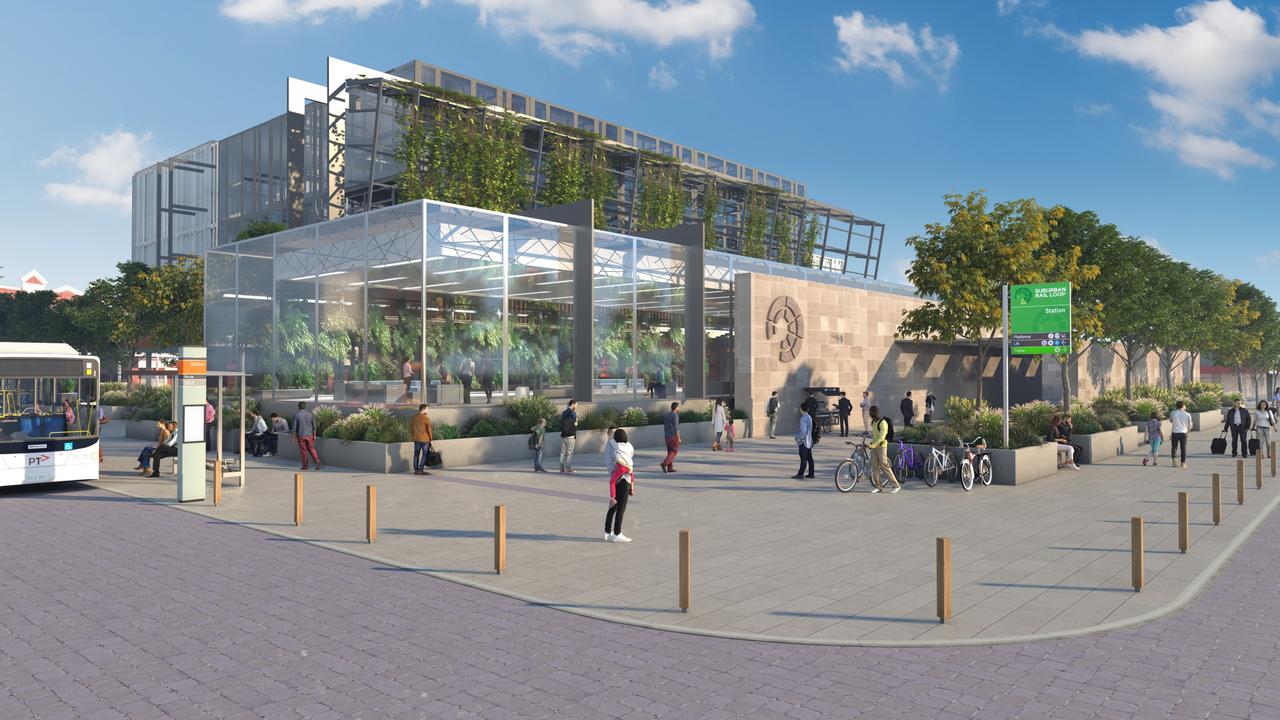First 26km of Suburban Rail Loop tunnel to cost $30-$34.5bn
The investment case for Suburban Rail Loop has been released, but the true cost of the entire project still hasn’t been revealed.
Premier Daniel Andrews’ election pledge to build a 26km underground rail line between Melbourne’s southeast and eastern suburbs will cost an unprecedented $34.5bn.
An investment case for the Suburban Rail Loop was released on Thursday – three years after the state government said it would tunnel between Cheltenham and Box Hill to start a new orbital rail system.
The report says the project is justified if the eastern section opens by 2035 and a northern section between Box Hill and Melbourne Airport is built by the middle of the century.
There is no price for the second stage, but it’s likely to cost more than stage 1 given the tunnel would be 8km longer.
The massive project, which is designed to eventually stretch around to Werribee, would get a return on investment by boosting the economy through new jobs hubs, higher-density living and congestion reductions.

The first section would lead to an extra 47,500 people living around station precincts being built at Cheltenham, Clayton, Monash University, Glen Waverley, Burwood and Box Hill – on top of expected population growth.
It could also result in driverless trains on the new network.
Suburban Rail Loop Minister Jacinta Allan said modelling showed a $58.7bn economic and social benefit to the state once the first two sections were built by mid-century. But the same analysis was not applied to the first section in isolation, meaning a return on that $34.5bn investment was not modelled.
A massive change to the planning scheme is set to follow construction of stage 1, to allow the densification of suburbs in a 1600sq m zone around stations.
To ensure speculative buying doesn’t send the project off the rails, a hefty developer-contribution tax is likely to be attached to land near stations from 2025.
However, Ms Allan ruled out family homes and second investment property owners from being whacked with the tax.
Other value-capture charges that account for increases to land values or windfalls from building higher-density offices and apartments are also being considered.
For the first stage, land values around these precincts are tipped to increase by $4.3bn for residential and $3.8bn for non-residential by 2056. “Potential changes in planning policy will enable developers to leverage increased demand and develop at higher densities to achieve higher sales values and volumes,” the report reads.

When the government announced the plan in 2018, it had no detail attached and it has not been assessed by transport infrastructure bodies.
Mr Andrews said it would connect nearly all of Melbourne’s radial rail lines to a new network and create major economic opportunities. Since then, the government has committed $2.5bn to early works and says its entire plan would see 600,000 car trips avoided.
On top of this, tens of thousands of jobs would be created.
Ms Allan said the project would be largely paid for by the state, which was negotiating with the commonwealth for a contribution.
The investment case predicts that if the loop is built over the next 30 years, there would be 46,500 additional homes in Melbourne’s north and east, more than one million square metres of new office space and 502,000sq m of retail space.
Ms Allan said the project was needed as Melbourne became a city of nine million people by the middle of the century.
“Victoria can’t afford not to build the Suburban Rail Loop,” she said. “With that population growth, our transport system will be under great pressure if we don’t make an intervention.”
Opposition transport spokesman David Davis said the investment case did not canvass any alternatives to the expensive project and was not “honest”.
“We know Labor’s costings are always wrong, they are always underestimating the true cost,” he said.
“Like with the Metro and the West Gate Tunnel, they are routinely billions of dollars out.
“When these factors are taken into account the phony benefits cost ratio figures fade to massively negative.”




